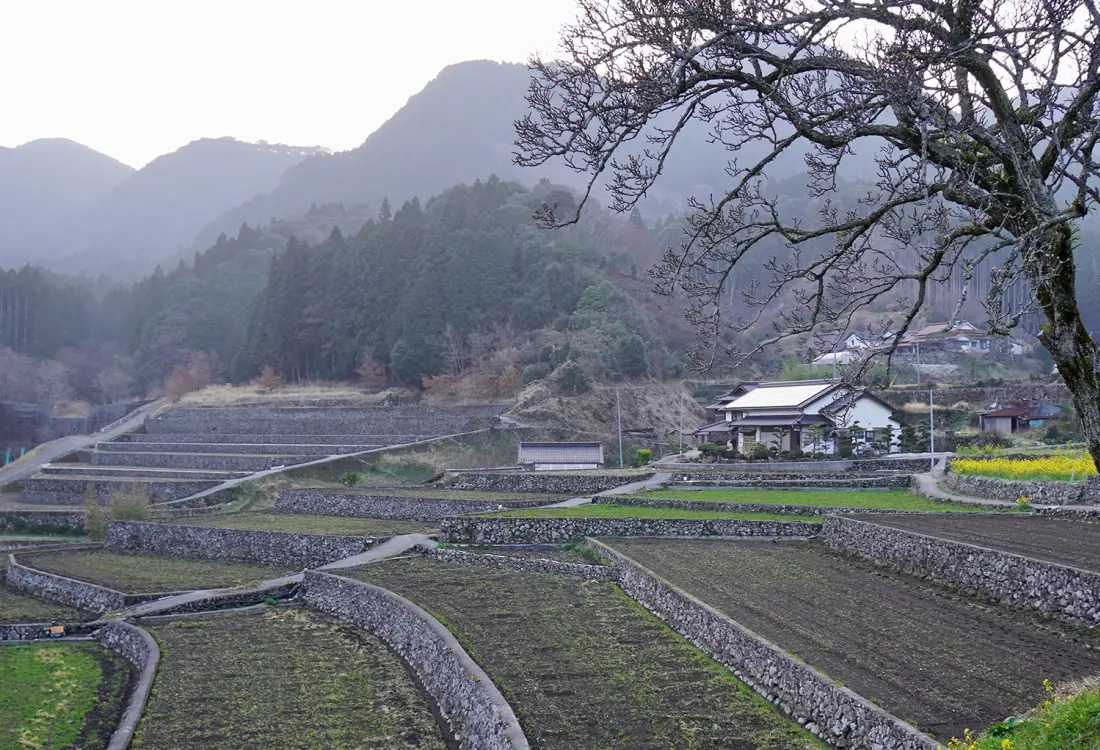
Journey into the Countryside and Pottery of Northern Kyushu
Experience the best of northern Kyushu in and around historical Hita and Ukiha, both prosperous castle towns during the Edo period. Visit an antique sake brewery and soy sauce factory, then venture into the mountains to explore medieval castle ruins, terraced rice fields, and timeless pottery villages.
Day 1
Kunchou Sake Brewery Museum is an excellent place to start, as it’s situated on the northern edge of Hita’s preserved Mameda-machi district, right next to the Hanatsuki river. Kunchou inherited the Edo-period brewery grounds from the wealthy Chihara merchant family and has been brewing its own sake since the 1940s. The second-floor attic, built in 1826, is an open museum where you can see antique sake brewing equipment such as the wooden pulley used to lift heavy materials and the wooden geta sandals worn to dig out the rice that was steamed in wooden barrels.

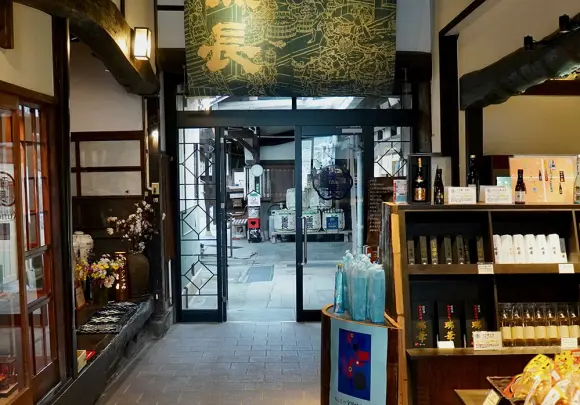
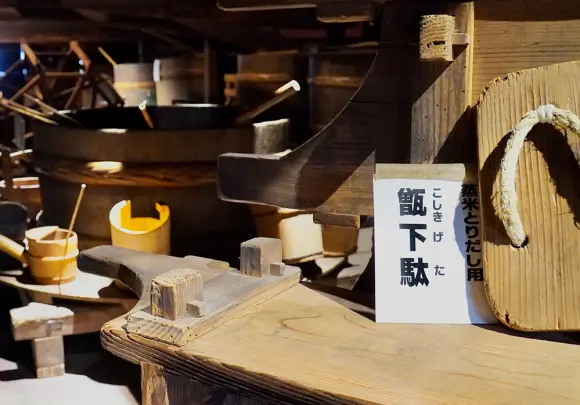

Continue to explore the charming town of Mameda-machi, whose preserved commercial streets have remained unchanged for centuries. You can still walk among the white-walled Edo-period merchant houses and warehouses, now restored as shops selling artisanal crafts, accessories, or confectioneries. From mid-February to late March, the town hosts the Tenryo Hita O-Hina Festival, where the ceremonial Hina dolls passed down over family generations are on public display.
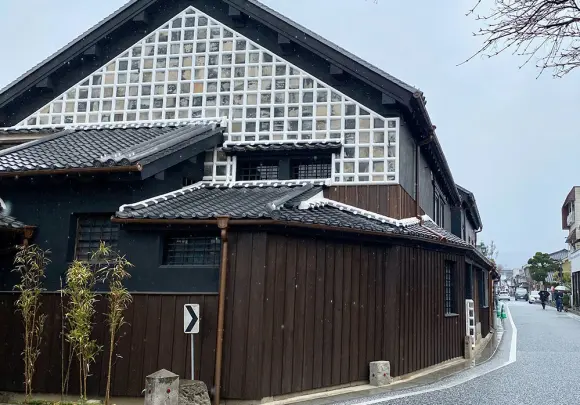
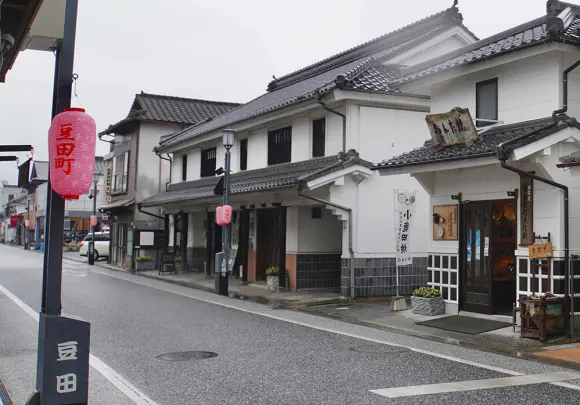
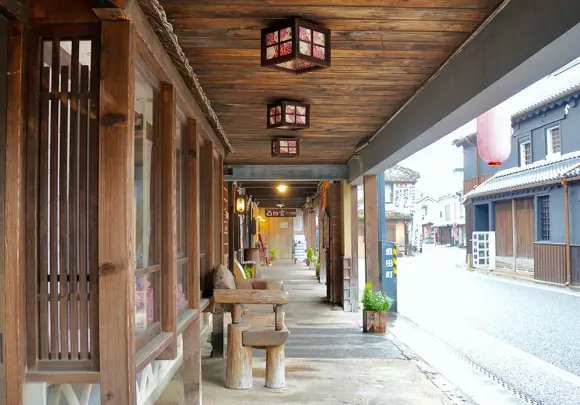
When it’s time for lunch, nothing beats local comfort food done right. Since 1957, Sofuren has been Hita’s original yakisoba—buckwheat noodles grilled to a crisp and seasoned with fresh bean sprouts, green onions, spring onions, and pork in a tasty soy sauce, all sourced from Oita prefecture. Extra-large bean sprouts are also available. Sit at the counter and watch the soba sizzle before your eyes; you’ll eat them hot off an iron plate.
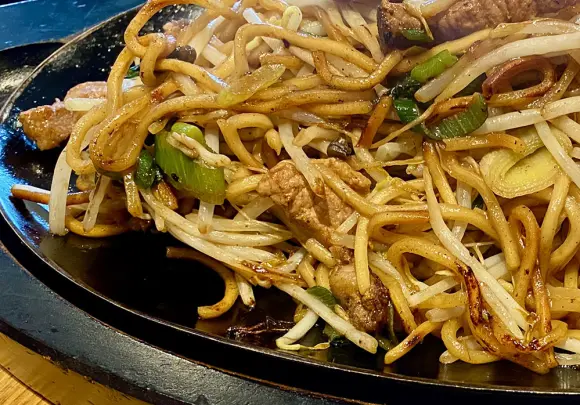

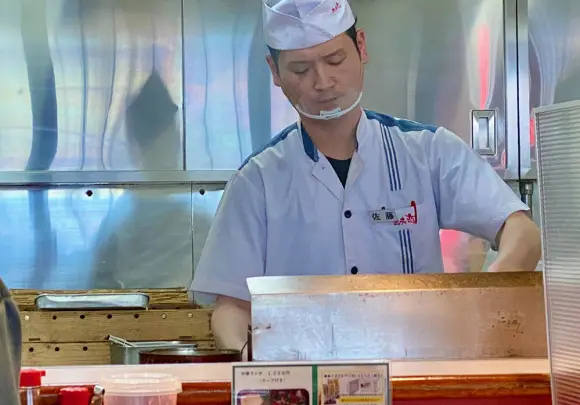
Now that you’ve tasted the noodles, why not learn more about the soy sauce? Chances are it came from Maruhara Jirozaemon, a local factory producing soy sauce, miso sauce, Ayu fish sauce, and Ramune soda in Hita since 1899. Maruhara’s charismatic president offers visitors guided tours of the factory premises and a private tasting of their many different varieties of soy sauces and gourmet fish sauces. In addition, during the Tenryo Hita O-Hina Festival, the shop displays its family collection of Jirozaemon Hina dolls.
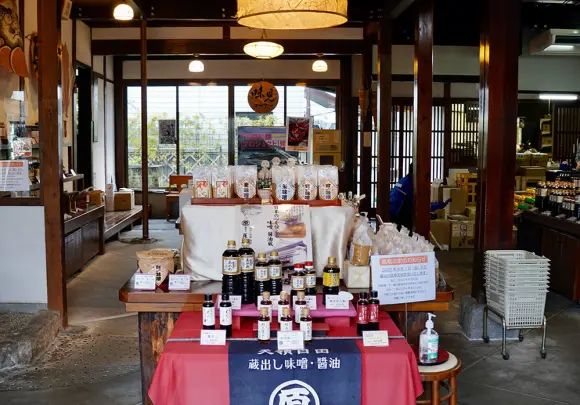


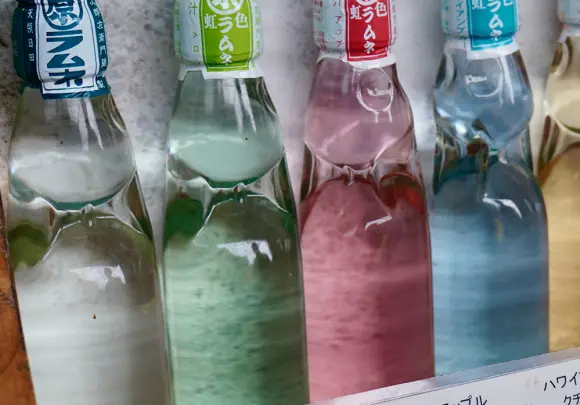
Chikugogawa Onsen Kiyonoya is a friendly and charming hotel perched above Kyushu’s longest river in Ukiha. First, savor a full-course seasonal kaiseki meal with creative culinary surprises, then soak in a private hot springs bath on the rooftop rotenburo. We recommend booking a room with a private free-flowing onsen bath on the terrace (where you can even drink the hot spring water from the tap) or a room with a bath enclosed by large windows overlooking the river.

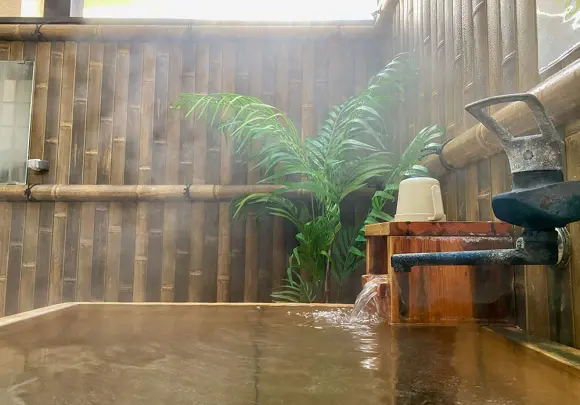
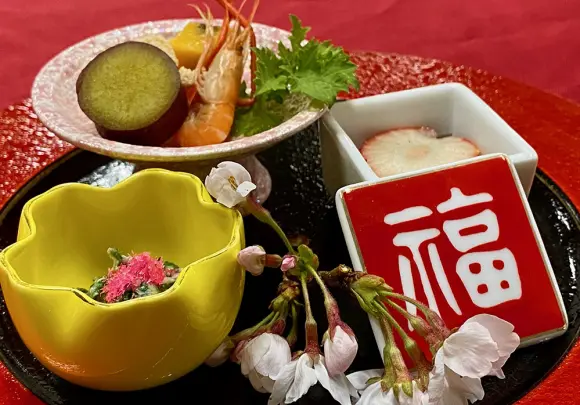
Day 2
If Hita has its Mameda town, Ukiha has its Yoshii district, which flourished during the Edo period as a post town on the road connecting Hita and Kurume. The area’s highlight is the famous Shirakabe Street of 250 “white-walled” houses with black-tiled roofs preserved as National Important Traditional Buildings. During the Chikugo Yoshii O-Hinasama Festival, various rare and handmade Hina dolls and decorations are displayed throughout the town, including at former merchant residences and shops.


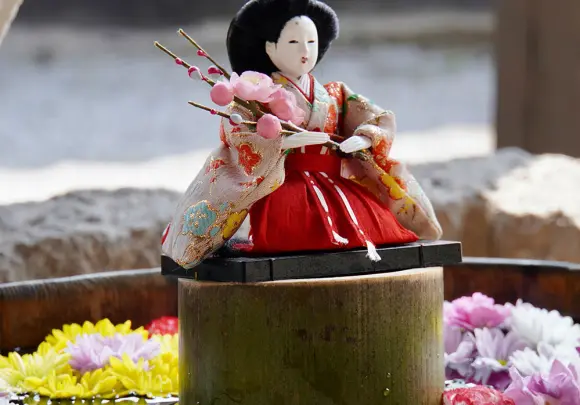
Ukiha Inari Shrine is famous for the 91 red torii gates that form a tunnel along steep stairs climbing the mountainside. If your climb up hundreds of wide steps doesn't leave you breathless, the panoramic view of the city and the mountains on the horizon surely will. If you still have energy, you can also walk around to the back of the shrine and hike further up the hill for an even more rewarding view of the surrounding area.
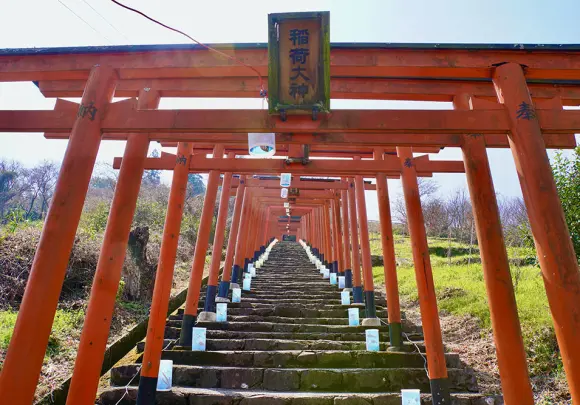


On the other side of the Chikugo River, high in the mountains above Asakura, the medieval Akizuki Castle Ruins are worth visiting for the natural scenery they so peacefully inhabit. The original fortress was built in 1203 when the feudal lord Harada Tanekatsu renamed his clan Akizuki. Today, you can still see some of its stone walls and reconstructed sections of the gatehouses, including the formidable front Kuromon Black Gate, the entrance to Suiyo Shrine. Don’t miss the site’s lovely spring sakura trees or fiery autumn leaves.
Photo by Asakura Tourism Association
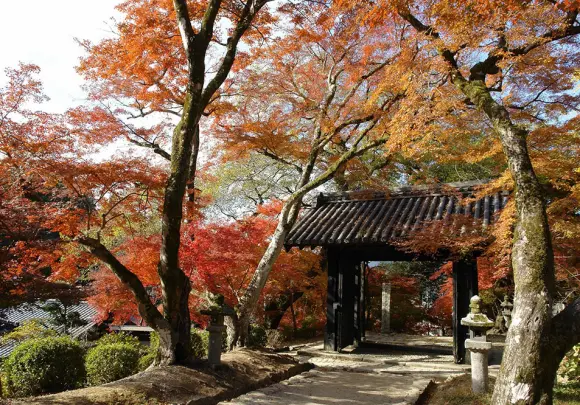
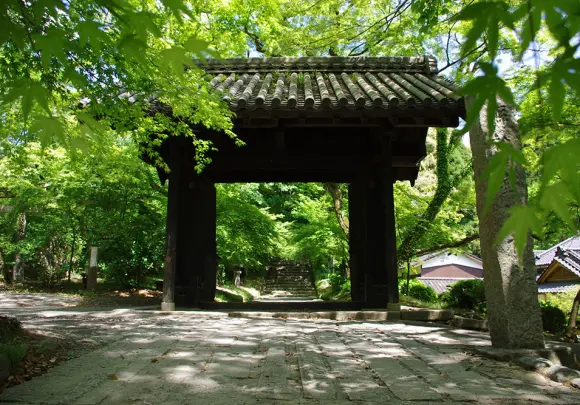

The Koishiwarayaki Ceramics Museum presents a comprehensive history of Koishiwara pottery and exhibits highlights through its extensive collection from pre-modern times to the present. The original potters were farmers by trade, so they used simple tools and natural materials to produce everyday wares. Look for Koishiwarayaki’s characteristic tobikanna chatter and yubikaki finger stroke patterns, examine artifacts from over the ages, observe how practices evolved, and even do a workshop to make your piece of Koishiwara pottery to bring home.
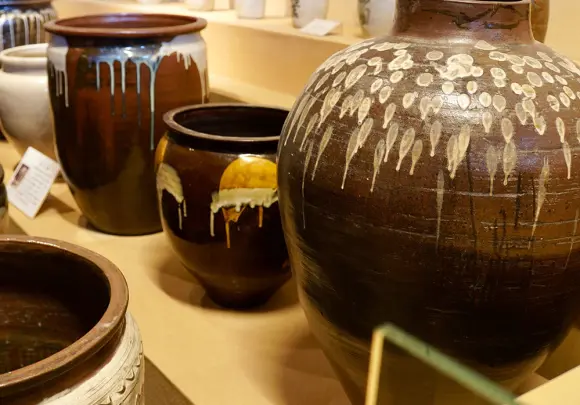
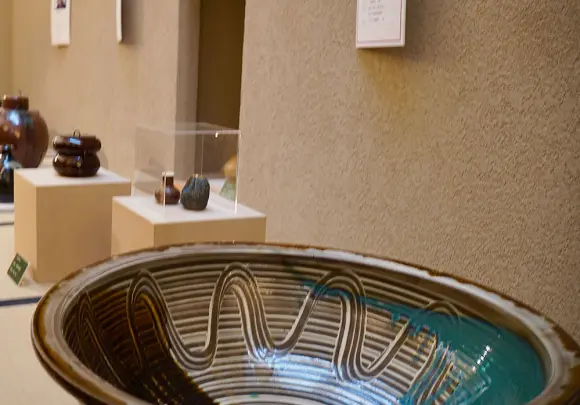
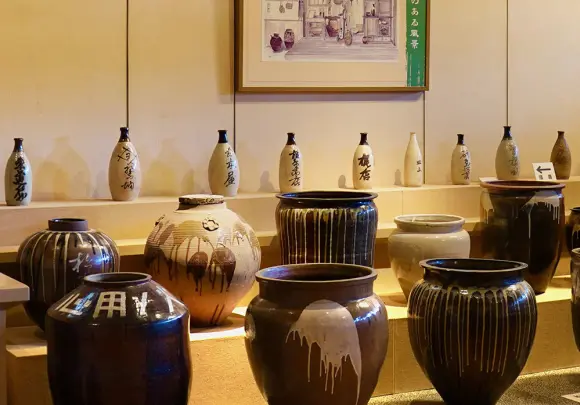
In the foothills of Mt. Takatsuka is Koishiwarayaki’s sibling Ontayaki Pottery Village established in 1705. More than three centuries later, not much has changed. From the road, you can catch sight of the rare traditional climbing kilns above the river. As you wander through the picturesque village, you will hear the rhythmic sounds of the hydro-powered karausu — a mortar and pestle made from a hollowed pine tree pounding raw clay along the river. Visit the museum first for background history and culture, then explore the village on foot.

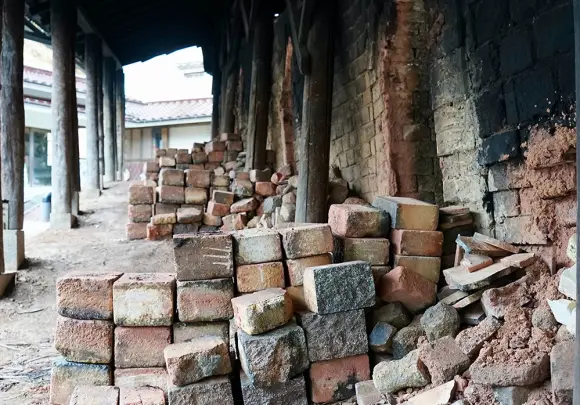

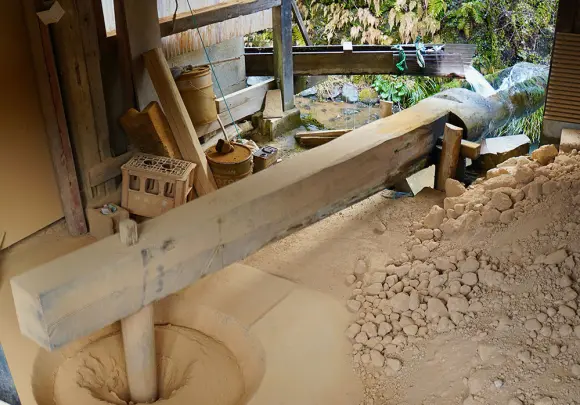
While you’re up in the mountains, why not stay overnight? This area overlooking Iwaya is one of Japan’s most famous landscapes of 400-year-old terraced rice paddies. Behind one of the ancient stone walls, the newly renovated Old Folk House Villa Antage is a 132-year-old traditional kominka house that integrates seamlessly into its earthen environment. The interior has been expanded into an ample atrium space under large wooden beams, featuring an elevated tatami room, hardwood-floored bedroom, and sunken bathtub. As a bonus, a private chef can cook you seasonally fresh gourmet meals right on site.


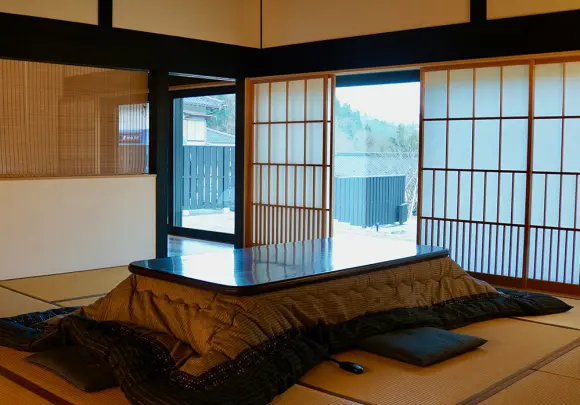

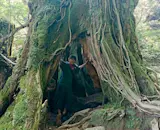
Cherise Fong
Originally from San Francisco, I arrived in Tokyo with my bike and my backpack one rainy day in summer. Since then, I travel through the archipelago by bicycle, train and boat, often to the rhythm of taiko and shinobue, always looking for new paths and unique perspectives.
Book your perfect stay in Kyushu with thousands of properties to choose from
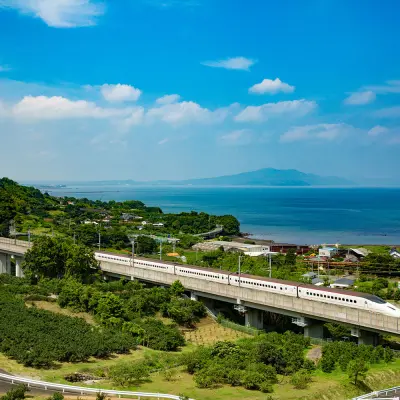 Kyushu by Rail
Kyushu by Rail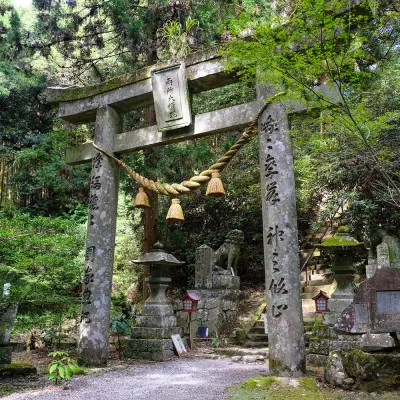 Exploring the boundless world of Japan's meccas of spirituality
Exploring the boundless world of Japan's meccas of spirituality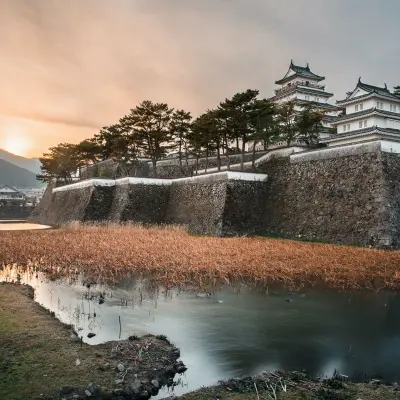 Historic Sites and Seaside Adventures
Historic Sites and Seaside Adventures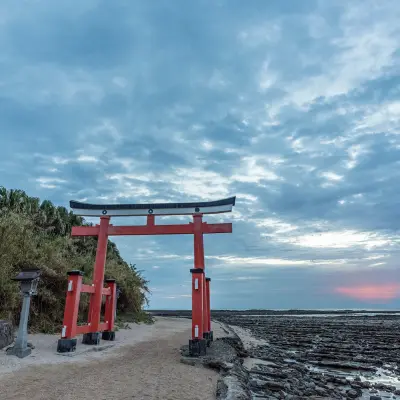 Kyushu's Scenic Coast
Kyushu's Scenic Coast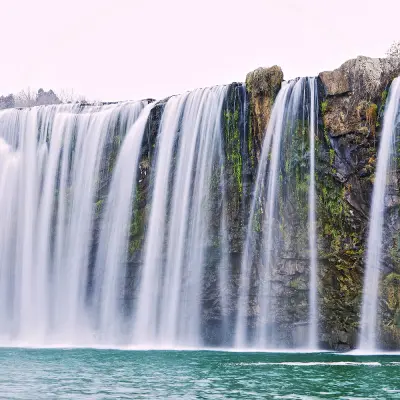 Natural Wonders and Hot Springs
Natural Wonders and Hot Springs A Taste of Kyushu
A Taste of Kyushu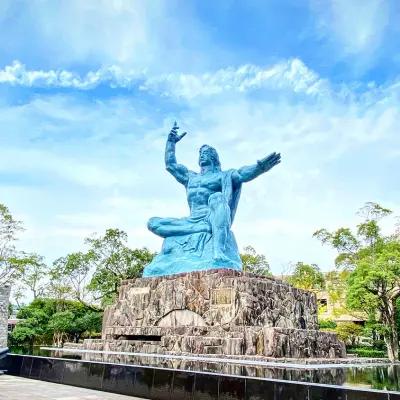 Exploring peace in Kyushu and environs: A most worthwhile journey
Exploring peace in Kyushu and environs: A most worthwhile journey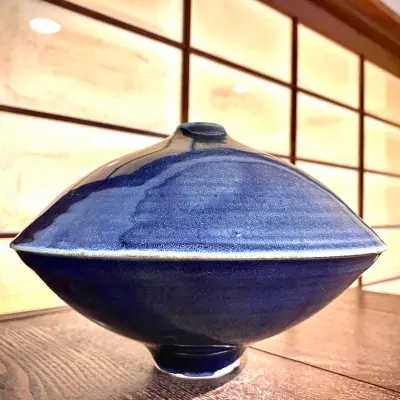 Dive deep into Kyushu’s rich culture of onsen bathing and porcelain
Dive deep into Kyushu’s rich culture of onsen bathing and porcelain






